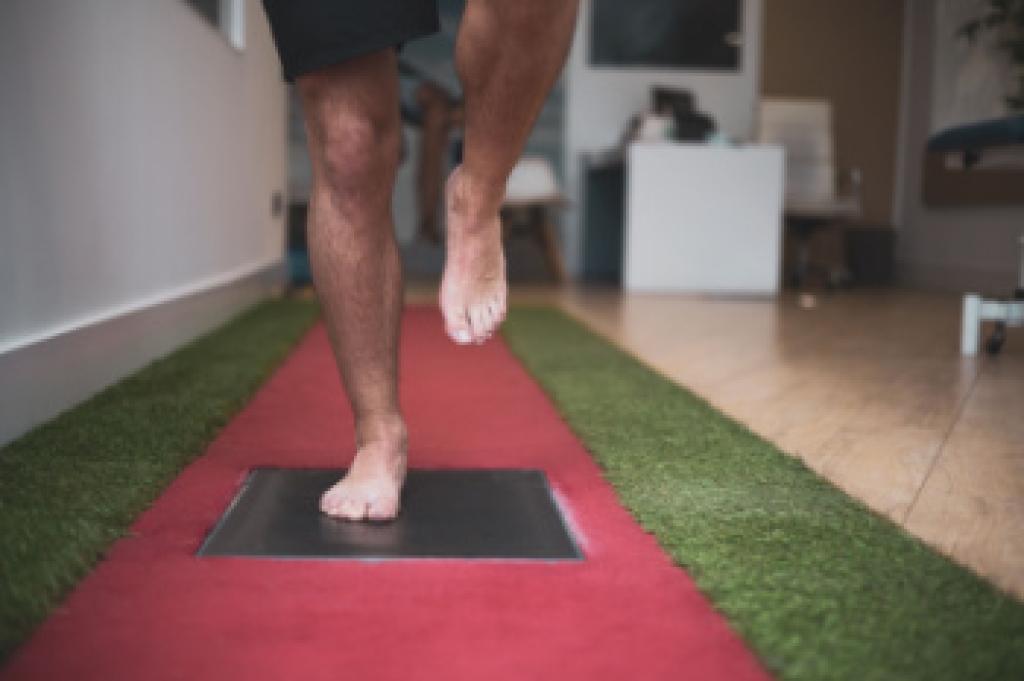
In the world of running, your feet interact with the ground in various forms, each influencing performance and potential for injury. There are several types of running foot strikes, depending upon the biomechanics of your feet. One is the heel strike, where the heel makes initial contact with the ground. While common, excessive heel striking may lead to impact-related injuries. Next, the midfoot strike involves landing on the middle part of the foot. This type distributes forces more evenly and is often associated with a smoother gait. Finally, the forefoot strike, where the ball of the foot hits the ground first, reduces the impact on joints but demands greater calf strength. Each type has its merits and drawbacks, and finding the right one can vary depending on terrain and personal preference. If you are interested in a gait analysis performed to determine your running foot strike, schedule an appointment with a podiatrist.
If you have any concerns about your feet, contact Lance Greiff, DPM from Great Neck Podiatry. Our doctor can provide the care you need to keep you pain-free and on your feet.
Biomechanics in Podiatry
Podiatric biomechanics is a particular sector of specialty podiatry with licensed practitioners who are trained to diagnose and treat conditions affecting the foot, ankle and lower leg. Biomechanics deals with the forces that act against the body, causing an interference with the biological structures. It focuses on the movement of the ankle, the foot and the forces that interact with them.
A History of Biomechanics
- Biomechanics dates back to the BC era in Egypt where evidence of professional foot care has been recorded.
- In 1974, biomechanics gained a higher profile from the studies of Merton Root, who claimed that by changing or controlling the forces between the ankle and the foot, corrections or conditions could be implemented to gain strength and coordination in the area.
Modern technological improvements are based on past theories and therapeutic processes that provide a better understanding of podiatric concepts for biomechanics. Computers can provide accurate information about the forces and patterns of the feet and lower legs.
Understanding biomechanics of the feet can help improve and eliminate pain, stopping further stress to the foot.
If you have any questions please feel free to contact our offices located in Great Neck Bronx, NY . We offer the newest diagnostic and treatment technologies for all your foot and ankle needs.

